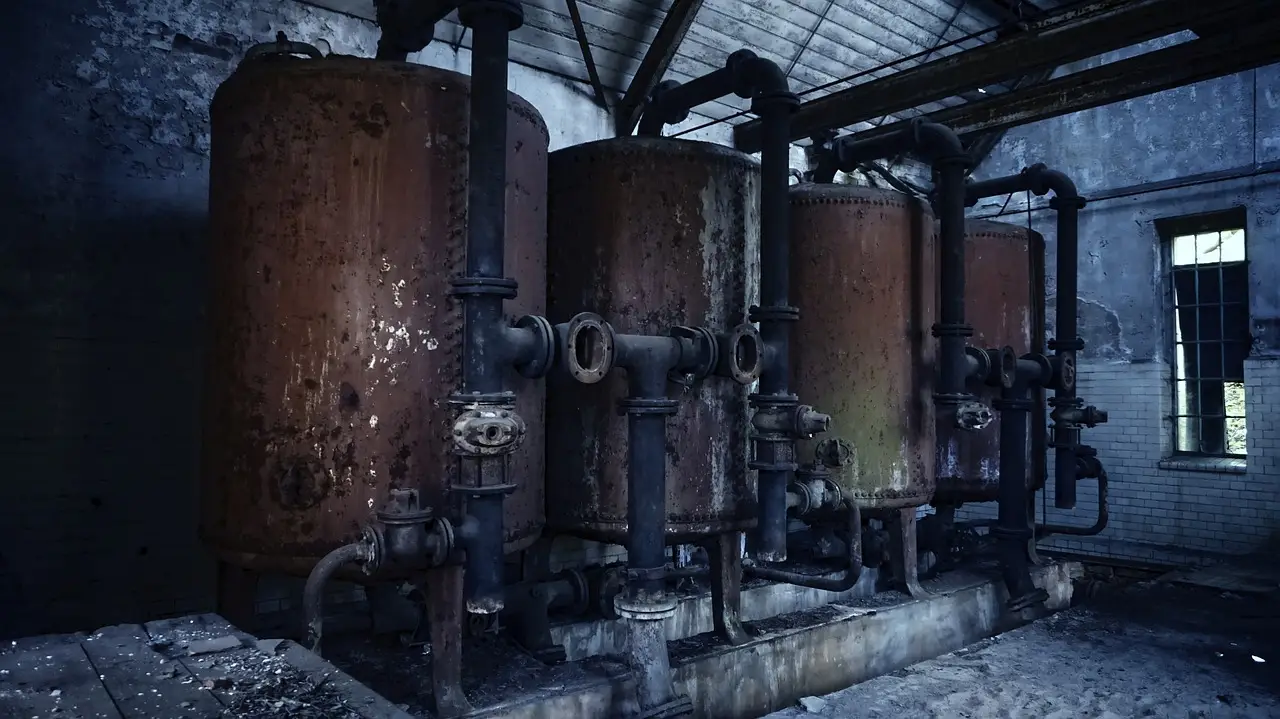Enhancing hydraulic system efficiency with air & dirt separators
Hydraulic systems are integral to various industrial applications, providing reliable power transmission and control. Their efficiency and reliability significantly influence productivity levels, making it essential to manage the integrity of hydraulic fluid. One of the key components crucial for maintaining this integrity is the air & dirt separator. These devices act as gatekeepers, ensuring that hydraulic systems operate smoothly, safely, and efficiently. This article explores the mechanics, benefits, and best practices regarding air & dirt separators, highlighting their importance in enhancing hydraulic system performance.
Understanding air & dirt separators
Air & dirt separators are filtration devices designed to remove air bubbles and solid contaminants from hydraulic fluid before it circulates through the system.
Key components of air & dirt separators
A typical air & dirt separator comprises several critical elements, including:
- Inlet and outlet ports: Facilitate the entry and exit of hydraulic fluid.
- Separation chamber: This is where the separation process occurs, allowing air and dirt particles to rise or settle out of the fluid.
- Collection chamber for dirt: A compartment that stores the accumulated debris for later disposal.
- Air venting system: Enables the effective release of trapped air, preventing it from re-entering the fluid stream.
Types of air & dirt separators
Air & dirt separators can be broadly categorized into manual and automatic types. Manual separators require user intervention for cleaning and maintenance, whereas automatic ones employ mechanisms to self-clean and remove contaminants without user input. Different designs and configurations are available to meet the specific needs of various hydraulic systems, ensuring tailored solutions for diverse applications.
The crucial role of air & dirt separators in hydraulic systems
Removing air and contaminants

Air and dirt can significantly compromise the efficiency of hydraulic systems. Air creates cavitation issues, leading to pressure fluctuations and reduced fluid efficiency. Similarly, dirt and other impurities can cause blockages or wear to components, ultimately resulting in system failures. Air & dirt separators effectively address these challenges by ensuring that hydraulic fluid entering the system is as pure and free of air as possible.
Mitigating hydraulic system failures
Common hydraulic failures, such as overheating, reduced lift capacity, and catastrophic breakdowns, can often be traced back to air contamination and dirt accumulation. By utilizing air & dirt separators, these risks can be greatly mitigated, enhancing reliability and reducing downtime.
Enhanced efficiency and benefits of air & dirt separators
Boosting system performance
One of the most significant advantages of air & dirt separators is improved system efficiency. With cleaner hydraulic fluid, systems can achieve higher flow rates, leading to faster operation and better performance consistency under varying load conditions.
Prolonging equipment lifespan
Air & dirt separators not only enhance performance but also contribute to increased equipment lifespan. By minimizing wear and tear on pumps, valves, and other components, these separators help avoid costly repairs and replacements, yielding substantial cost savings over time.
Ensuring safety and reliability
In addition to performance and longevity benefits, air & dirt separators also enhance safety. Hydraulic systems operating with clean fluid are less prone to failures that can lead to hazardous situations. Ensuring the integrity of hydraulic systems contributes to overall operational reliability, which is critical in high-stakes environments.
Optimal installation and maintenance of air & dirt separators
Placement considerations
For maximum efficiency, the optimal placement of air & dirt separators within a hydraulic system is crucial. Placing these devices near the fluid reservoir or at high points of piping can effectively capture trapped air. Common mistakes, such as improper routing or insufficient consideration of pressure differences, can severely undermine the functionality of these separators.

Regular maintenance practices
Maintaining air & dirt separators includes routine inspections to ensure they are functioning as intended. Regular cleaning of the collection chamber and adherence to replacement guidelines are essential to prevent performance degradation.
Real-world applications and success stories
Industries benefiting from air & dirt separators
Numerous industries, such as construction, agriculture, and manufacturing, have successfully implemented air & dirt separators into their hydraulic systems. For instance:
- Construction: Heavy machinery benefits from these separators, which help avoid unexpected downtime, ensuring projects stay on schedule.
- Agriculture: Tractors equipped with separators show improved efficiency, leading to better crop yields and reduced operational costs.
- Manufacturing: Efficient hydraulic presses experience fewer breakdowns, leading to increased productivity.
Evaluating performance improvements
Numerous studies and testimonials reflect measurable improvements after installing air & dirt separators. Many organizations report enhancements in operational metrics such as efficiency, reduced energy consumption, and significant maintenance reduction.
Unlock higher efficiency with air & dirt separators
Air & dirt separators are a vital component of any hydraulic system. They help preserve fluid quality, prevent system failures, boost operational efficiency, reduce maintenance costs, and enhance safety. Invest in air & dirt separators to ensure the optimal performance of hydraulic systems. For more information on exploring high-quality air & dirt separators, visit Culm Stores Elterm ltd to discover a variety of options tailored to your hydraulic needs.
References
- Hydraulic system maintenance guidelines
- Filter and separator efficiency studies
- Case studies from various industries implementing air & dirt separators
By emphasizing the necessity of air & dirt separators within hydraulic systems, industries can achieve remarkable efficiency and reliability in their operations.


